Insights From APTA’s TRANSform Conference & EXPO 2021
Over three days at the recent APTA Expo, I had the opportunity to meet with leading public transit professionals and discuss what’s next for the industry. It struck me how ready the industry is for innovation following two years of pandemic-related disruption.
Learn More About PTT 2.0 For Transportation
But what was my biggest takeaway? The public transportation industry is focused on the future. Transit leaders know the time for transformation is now — especially as ridership levels return and the recent $1.2 trillion infrastructure package opens new doors.
Here are a few of my top takeaways from my conversations with public transit leaders:
#1: Public Transit Needs Better, More Reliable Voice Technology
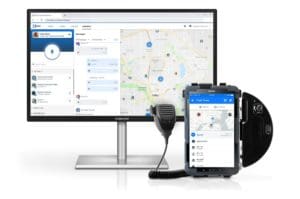

Public transit leaders have also been let down by push-to-talk alternatives. They need reliable and scalable voice technology that is available on any phone or tablet device and that runs on any cellular network. Transit organizations are tired of being locked into one PTT network that frequently suffers from spotty coverage.
Learn more about Orion’s PTT 2.0, the next generation of push-to-talk for public transportation.
#2: Public Transit Leaders Want New Ways to Innovate Incident Response
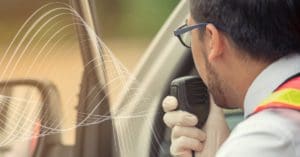

Transit executives at APTA were closely considering technology that offered automated safety workflows to enhance existing protocols. Solutions that provide reliable, always-on advanced location services are non-negotiable. Voice-triggered emergency alerts were also a notable topic. Combined, advanced location services and voice-automated responses can streamline incident response.
Drivers need solutions that support them during urgent moments. They want the security of knowing they can trigger automated emergency notifications with words like “help-help.” These voice triggers can automatically transmit their locations to dispatchers or managers who can escalate emergency response.
Learn more about Orion’s Emergency Alerts.
#3: Public Transit Operations Need Automation
Transit organizations regularly deal with manual, everyday tasks that are time-consuming and burdensome on an already taxed workforce. Not to mention the common plight of driver shortages everywhere. There’s a very real opportunity to leverage automation via the very same operational tools in use today.
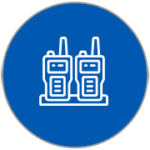

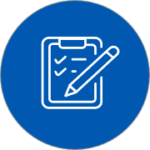

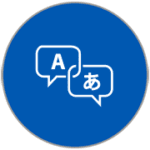

Learn more about Orion’s Process Automation with AI Bots and Workflows.
#5: Interoperability with Third-Party Software Offers Transformative Opportunities
Transportation organizations know the future is a single pane of glass in each vehicle. Instead of switching between applications, drivers want to use their vehicle tablets to view critical information all in one view.
The possibility of layering voice over third-party software offers the potential to be a real game-changer. Transportation industry leaders know innovation will really happen when they can interoperate voice and critical systems. Voice-first collaboration platforms built with open API platforms will be game-changers for the industry, allowing simultaneous use of routing software, voice, mapping, and more.
Learn more about Orion’s Third-Party Integrations.
The Orion Collaboration Platform for Public Transportation
Public transportation operations need better than the legacy technology many of them still use every day. Fortunately, innovation offers manifold advantages simply unavailable when transit operations use radios or limited PTT apps.
Orion offers game-changing PTT 2.0 that will revolutionize how public transportation organizations operate. When public transit organizations can capture each data point, voice message, text, image, or video, they gain a voice-operations system of record that will prepare them to offer the modern transportation riders have come to demand and depend on.
Learn More About Orion For Transportation
You Might Also Like:
- Logistics and Transportation Review names Orion a “Top 10 Intelligent Transport Systems Solution Providers for 2021”
- Article: 4 Ways to Include Deskless Logistics Workers in Your Digital Strategy
- Transportation and Logistics Communications Need to Move Beyond Push-to-Talk and Radios
- E-book: 12 Reasons Radios Are Holding Your Company Back
- E-book: The Future of Voice at Work
- Frontline Collaboration Solution Buyer’s Guide
